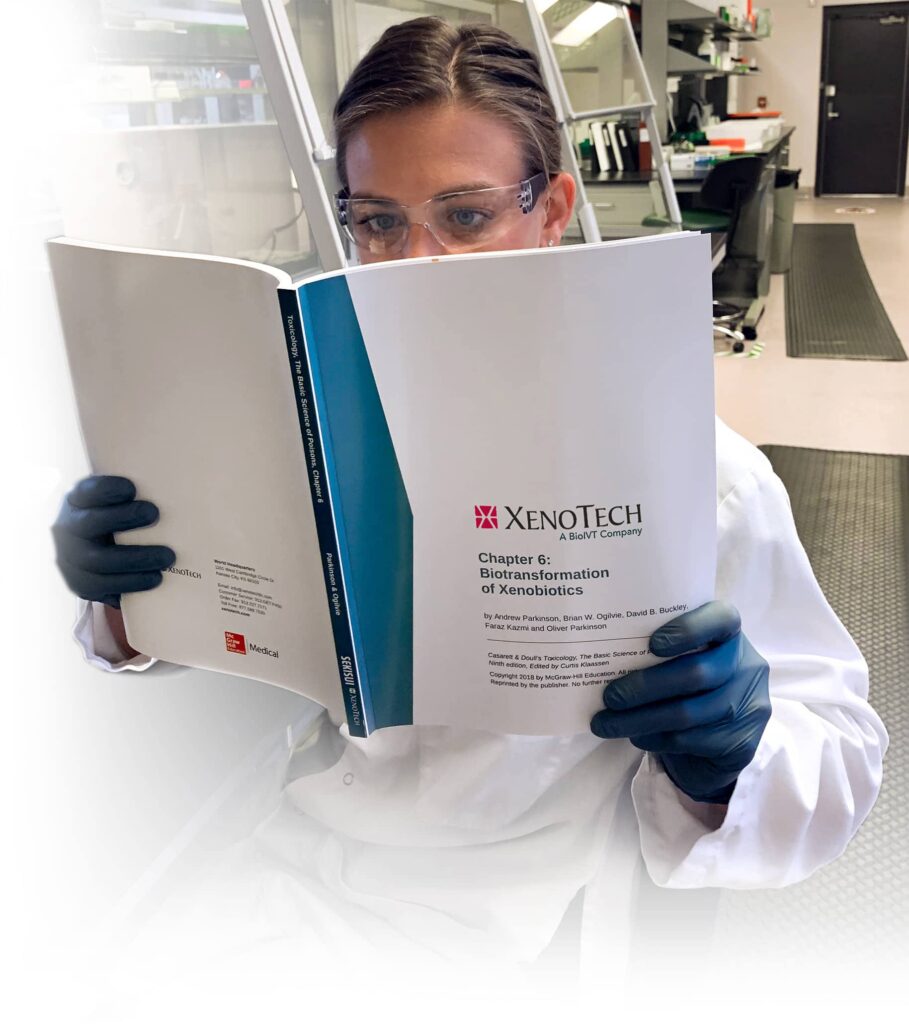
In Vitro System-Dependent Inhibition of CYPs, UGTs, and Drug Transporters by Oligonucleotides
Full Title
In Vitro System-Dependent Inhibition of CYPs, UGTs, and Drug Transporters by Oligonucleotides
Abstract
We previously examined the cytochrome P450 (CYP) inhibition potential of oligonucleotides and reported that the phosphorothioate, but not phosphodiester, backboned molecules caused potent inhibition of CYP1A2 and CYP2C8 in human liver microsomes (HLM) but not in cryopreserved human hepatocytes (CHH) (Buckley et al., 2009).
In this study we expanded upon our previous work to include direct, time- (TDI) and metabolism-dependent inhibition (MDI) of 7 CYP and 8 UGT enzymes in pooled human liver microsomes and pooled cryopreserved human hepatocytes. Additionally, inhibition of OATP1B1, OATP1B3, OAT1, OAT3, OCT1, OCT2, Pgp and BCRP was also examined. Briefly, two oligonucleotides with either phosphodiester (oligo # 1 and #2) or phosphorothioate (oligo #3 and #4) backbones were evaluated in human liver microsomes to determine IC50 values without a pre-incubation (direct inhibition) or with a 30 min pre-incubation +/- NADPH (MDI and TDI evaluation respectively). For UGTs, UDPGA was added to HLM and inhibition potential was assessed with a single concentration of oligos (30 μM). For cryopreserved human hepatocytes assays, MDI was assessed with 30 and 90 min pre-incubations, and 4‑methylumbelliferone (4-MU) was used as a marker of overall UGT activity. Marker substrate incubations with CYP and UGT enzyme probes were performed for 5-10 min and residual activity was assessed by LC/MS/MS analysis.
For uptake transporter assays, oligos were first pre-incubated for 15 min with transporter transfected HEK cells followed by incubation of substrate-oligo mix for 2 min. Uptake of radiolabeled substrates was measured by scintillation counting. Inhibition of efflux transporters was evaluated with either Caco-2 or MDCK cells in bi-directional assays. The results indicated that oligos #1 and #2 with the phosphodiester backbone had little to no inhibitory effect on all CYP and UGT enzymes in human liver microsomes and cryopreserved human hepatocytes with the exception of oligo #2 in HLM for CYP2C19. Conversely, the oligos with the phosphorothioate backbone caused direct inhibition of CYP and UGT enzymes. The rank order of direct inhibition in human liver microsomes for oligo #3 was CYP1A2 > CYP2C8 > UGT1A1 > UGT2B17 > CYP2B6 > UGT1A9 > CYP2C19 > UGT2B10 > UGT2B15 > UGT1A3 > UGT1A6 > CYP2D6 > CYP2C9. Similar results were observed for oligo #4: CYP1A2 > UGT1A1> CYP2C8 > UGT2B17 > CYP2B6 > UGT2B10 > UGT1A9 > UGT2B15 > UGT1A3 > UGT1A6 > CYP2C19. There was evidence of NADPH-independent inhibition of CYP enzymes with oligo #3 and #4 for CYP2B6, CYP2C8, CYP2C19, CYP2C9, CYP2D6 and CYP3A4/5.
In contrast to human liver microsomes, we observed little to no direct inhibition by any oligo in cryopreserved human hepatocytes (with the exception of oligo #2 with CYP2C19 and TDI by oligo #3 with CYP2C8), demonstrating system-dependent outcomes. Inhibition was observed for all uptake but not efflux transporters by the phosphorothioate oligos. Overall this study has implications on the design of in vitro DDI studies for oligonucleotide based therapeutics based upon test system-dependent differences.